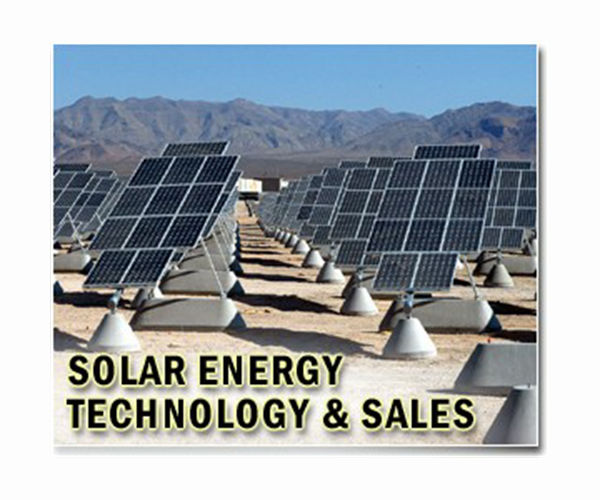In the US, saving money is the main reason to embrace solar energy
Financial benefits, such as saving in the field of utility payments and avoiding increases in electricity interest, are an important engine of the willingness of American adults to consider installing solar panels on the roof or subscribing to community forces, suggests a new study.
Researchers from Ohio State University carried out a national survey to gauge the perception of the consumer about the adoption of solar energy. Although work has previously investigated the views on solar energy on the roof, this study is the first assessment of public opinion on access to the solar energy energy for domestic use.
The findings led to researchers to recommend that policy makers and market leaders increase the references of marketing campaigns to the practical reasons to embrace solar energy – including saving money and improving real estate values without major risks – to encourage broader residential use.
“Emphasizing the practical benefits of hiring solar energy, whether it’s on the roof or the community, is perhaps the most effective way to achieve increased acceptance in the real world,” said first author Naseem Dillman-Hasso, a doctoral candidate in the School of Environment and Natural Resources in Ohio.
The research also showed that most participants did not understand what community solar and few looked into it, which suggests that more public consciousness is needed to expand the consumer’s access to this more fairly distributed renewable energy source, said senior author Nicole Sintov, assistant professor of behavior, decision -making and sustainability.
“Community Solar is a great option for people who don’t have access to solar energy on the roof,” she said. “We show that there are still a number of important entry thresholds, and we have to start to let people know what it is.”
The research was recently published in the Energy Research and Social Science magazine.
From 2022, 8% of American homeowners had installed solar panels on the roof at an average costs between $ 17,000 and $ 23,000 after applying a federal tax credit, according to the PEW Research Center. According to solar energy programs, energy is generated on an off-site solar array to several customers within a defined geographical area that receive credit on their electricity accounts for energy produced by their share in the project.
With the use of solar zon still relatively low, Sintov and Dillman-Hasso tried to understand what households could motivate to consider Solar as an energy option.
They based the study on a theory of consumer behavior that suggests that three common factors, or attributes, contribute to the acceptance of sustainable innovations – practical purposes (instrumental attributes), transferring someone’s social consciousness to others (symbolic) and the protection of the planet (environment).
A sample of 1,433 adults living in the United States was recruited for the online survey. Participants were asked about their willingness to take on a roof or community kisses and whether they had taken action for adoption, such as investigating the options, talking to friends or family or contacting an industry expert.
They were also asked to agree or disagree with a series of statements that represent the instrumental, symbolic and environmental attributes related to the adoption of solar energy. For example, the statements said that buying or leasing solar energy “means that I am a good member of the community”, “would save me money” and “would be a good way to reduce my environmental impact.”
Statistical analysis showed that positive feelings about all three attributes would increase the chance that respondents would increase, would be willing to pursue a roof or community sings as a household power source. But the factors related to practical benefits (including finances) were “by far the strongest predictor above and outside,” said Dillman-Hasso.
The extent of the effect of practical factors was a surprise, but it was not the only surprising finding in the study.
Participants were less willing to consider subscribing to Community -Zonne -Zonne energy on the roof of solar installation -although solar energy on the roof is generally not available for people who do not have their house or cannot pay the installation.
“You don’t want to take anything you don’t know,” said Dillman-Hasso. “Given the reality of community zoning with much lower obstacles for adoption – you don’t need financing and you don’t have to put panels on your roof – it was interesting to see that the willingness to adopt community solar was lower than the roof.
“That may indicate a lack of knowledge or more fear of a newer distribution method of electricity.”
As a behavioral scientist, Sintov said that she usually does not make a generic call to increase ‘consciousness’, given the complexity of people – but in the context of a community solar the sentence applies.
“In this case there is a lack of consciousness a barrier, and I think that both policy makers and entities that try to sell community plans can work on increasing consciousness,” she said.
This study was aimed at the willingness to adopt instead of actually installing panels or subscribing to Community -Zonne energy. In individual projects, Sintov and Dillman-Hasso study different groups of solar energy customers to search for factors that lead to registration and sticking to solar energy.
This work was supported by Interstate Gastoevoer – Energy, an independent energy supplier, including solar energy.

